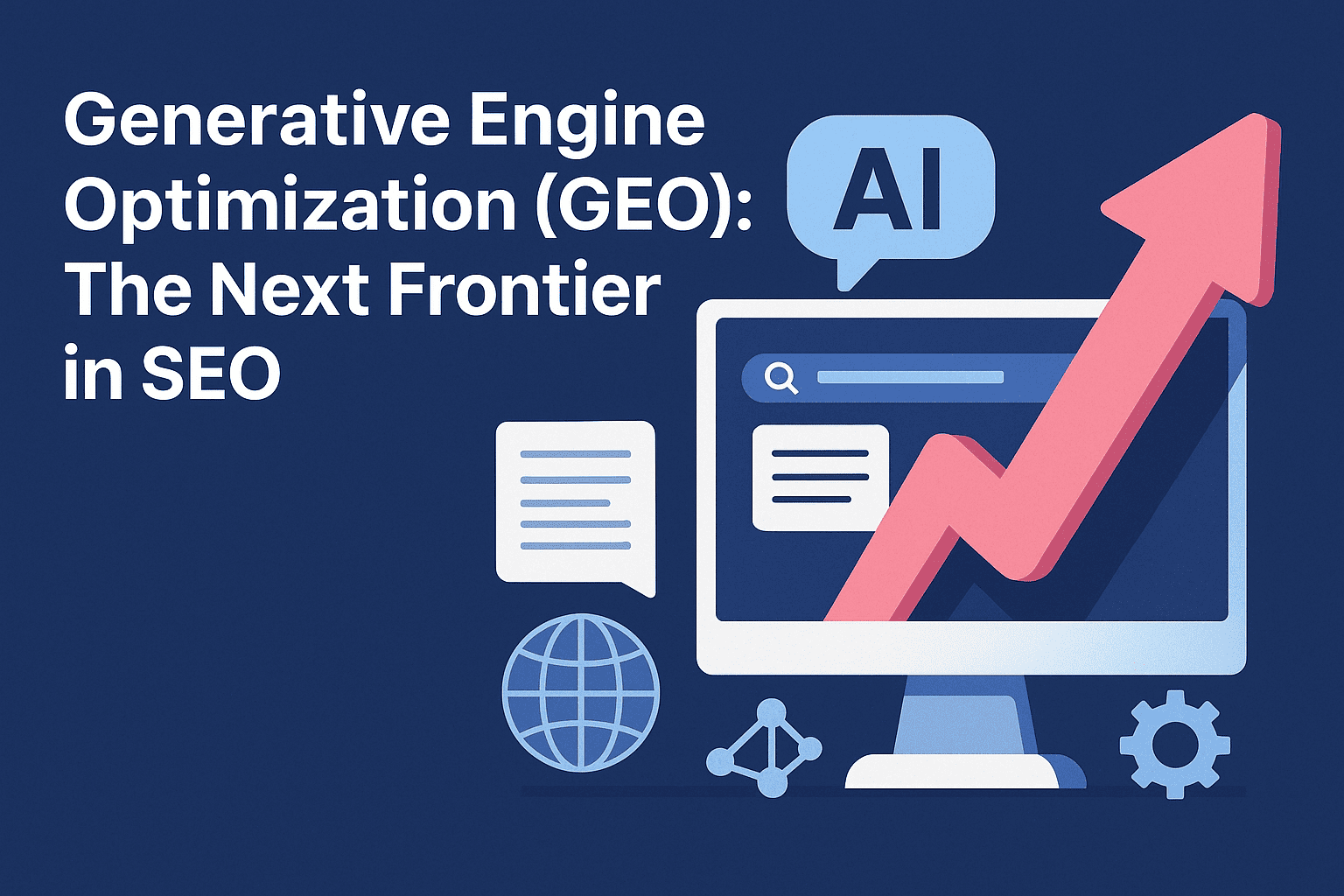Blog Detail
AI in Education: Trends and Transformations for February 2024.
Artificial Intelligence
Mar 04 2024

There is a major shift taking place in the education system. Leading this revolution and rapidly altering the way we teach and learn is artificial intelligence (AI). Approaching February 2024, let's look at some of the biggest advancements and trends AI brings to the education sector.
1. Personalized Learning:
Personalisation in education is one of the most interesting uses of AI.
AI-powered platforms can analyse individual student data, including learning styles, strengths, and weaknesses, to tailor learning experiences accordingly. This ensures that each student receives a challenging and engaging curriculum, leading to deeper understanding and improved outcomes.
2. Automated Grading and Assessment:
Teachers might need much time and effort to grade essays and tests. AI-powered tools are now automating this process, giving teachers more time to devote to other important responsibilities, including providing students with personalised feedback and support. Furthermore, compared to conventional approaches, AI-generated feedback can be more thorough and perceptive, which can assist students in identifying their areas of weakness.
3. AI in Gamification and Engagement:
Learning doesn't have to be all work and no play. AI-powered games and simulations can make learning more engaging and interactive, increasing motivation and knowledge retention. For example, AI-powered language learning platforms can create personalised practice sessions that are both challenging and fun, helping students improve their language skills more effectively.
4. Global Collaborative Learning and AI:
AI removes geographical barriers so students can share information and collaborate on initiatives. Students who speak multiple languages can communicate more easily with the help of AI-powered translation tools. Simultaneously, students can engage with other cultures and destinations across the globe through virtual reality (VR) and augmented reality (AR) encounters.
5. Data-Driven Decision Making:
Educational institutions are collecting more data on student performance and learning behaviours than ever. AI can examine this data and find trends, informing decision-making about curriculum design, resource allocation, and student support. This data-driven approach can help educational institutions to optimise their strategies and improve student outcomes.
Challenges and Considerations:
While AI holds immense potential for transforming education, it is important to acknowledge the challenges and considerations of its implementation. These include:
- Bias and Fairness: AI algorithms can perpetuate biases that may already exist if they are not properly planned and monitored. Ensuring that AI-powered tools are fair and unbiased for all students is crucial.
- Privacy Concerns: There are privacy concerns with how student data is collected and used. Establishing transparent and unambiguous data privacy policies is crucial.
- Teacher Training and Support: Educators need training and support to use AI tools in the classroom effectively.
- Accessibility: AI tools should be accessible to all students, regardless of their abilities or background.
Conclusion
AI is transforming the education landscape in profound ways. By leveraging its potential and addressing the challenges, we can design a more prosperous, individualised, and exciting learning environment for each student. Observing how artificial intelligence (AI) continues to influence schooling as 2024 progresses will be fascinating.
TAGS
India +91 97265 89144, Dubai +971 544149632.
We truly care about our users and our product.






